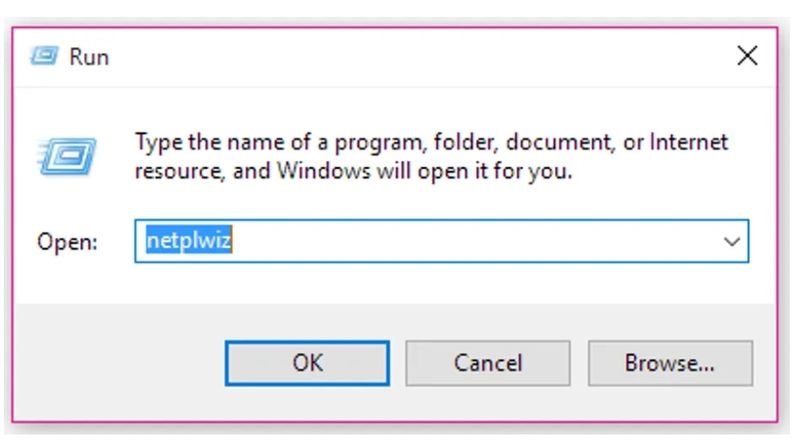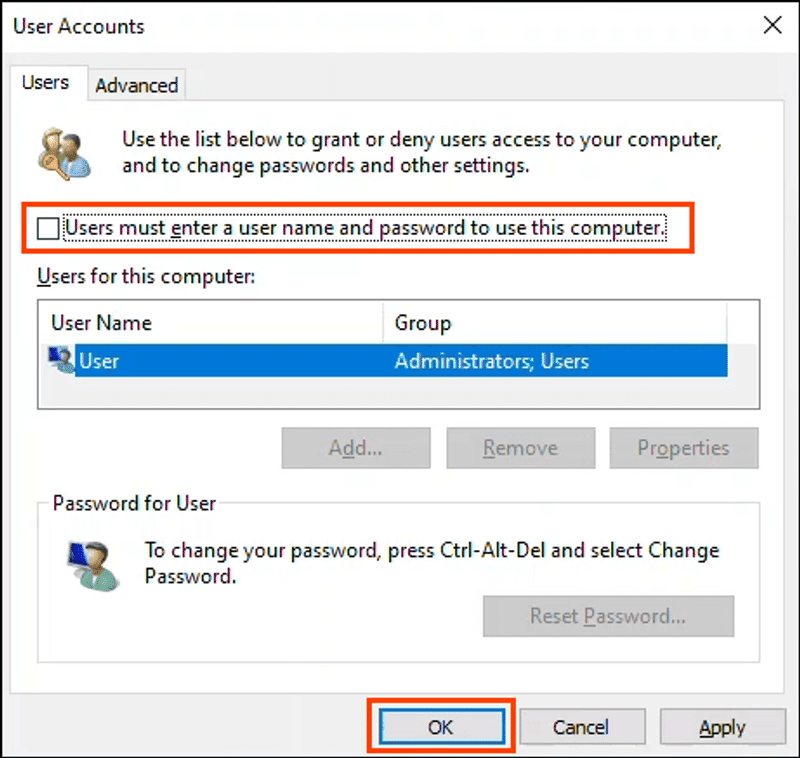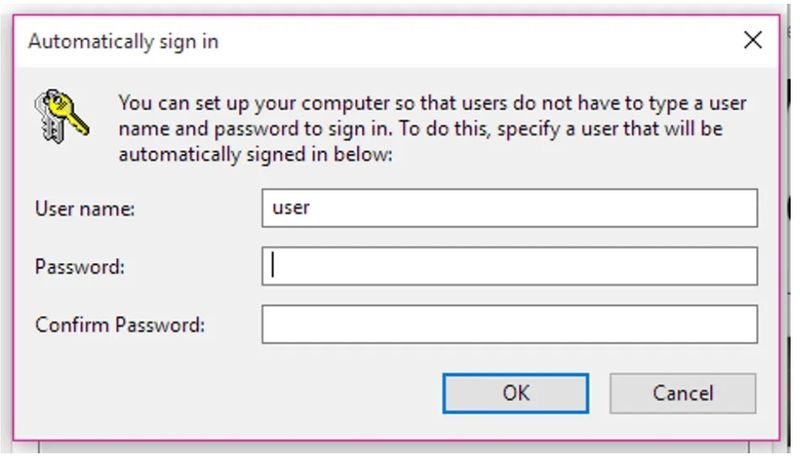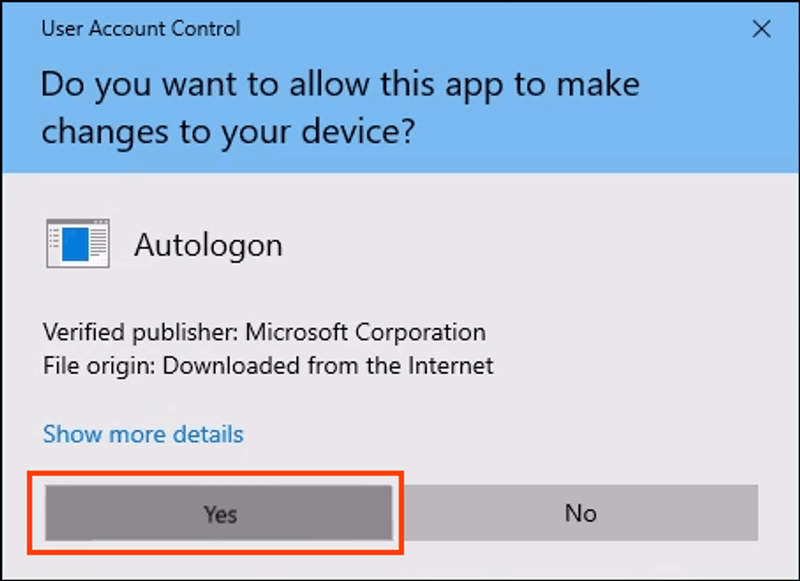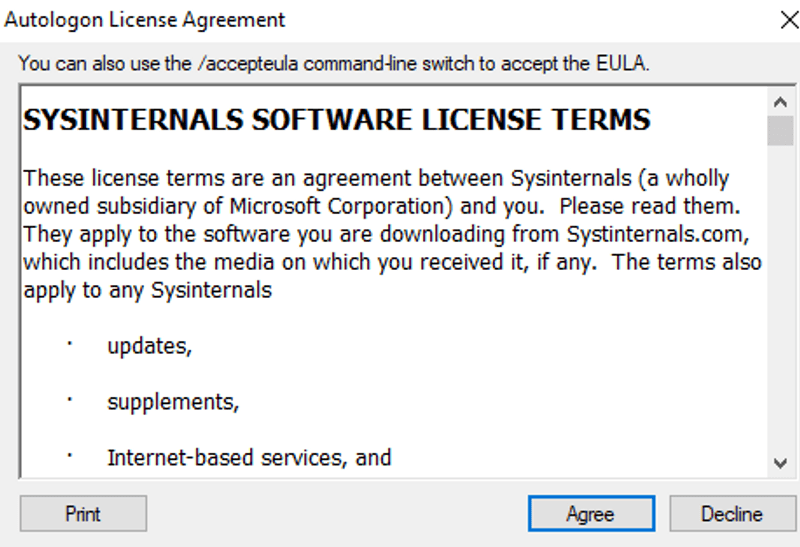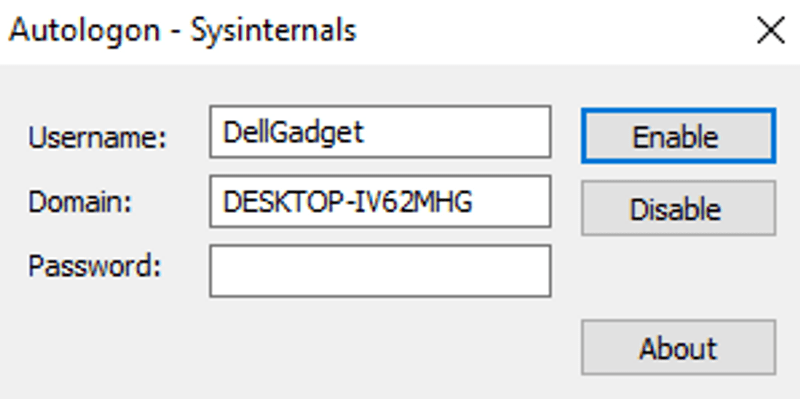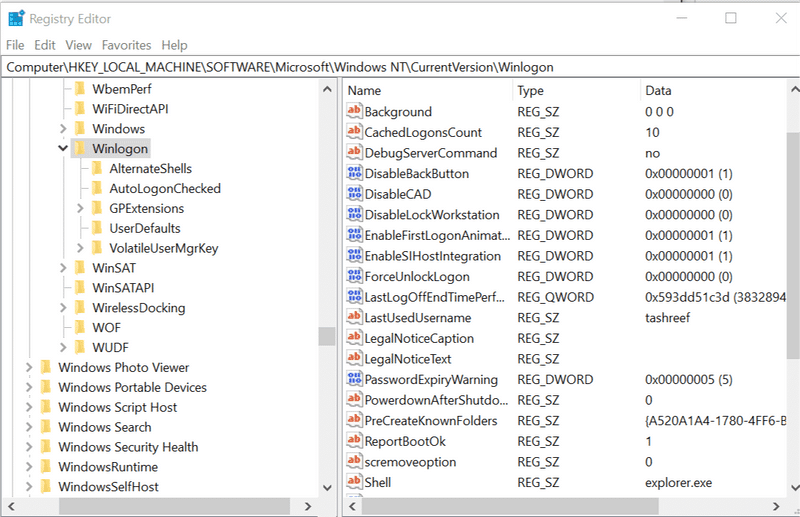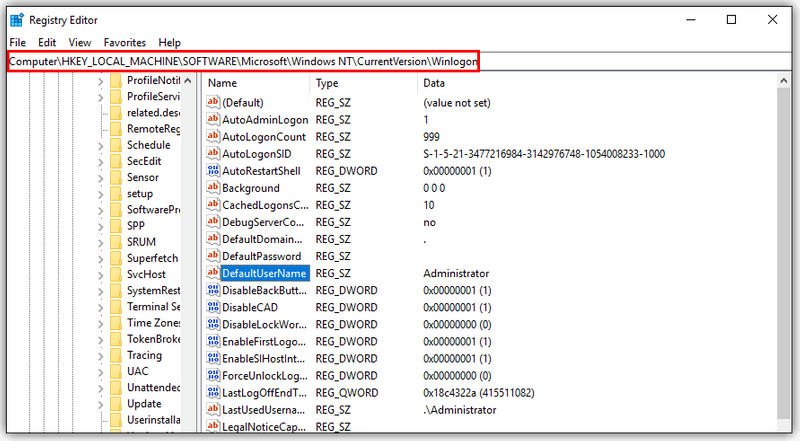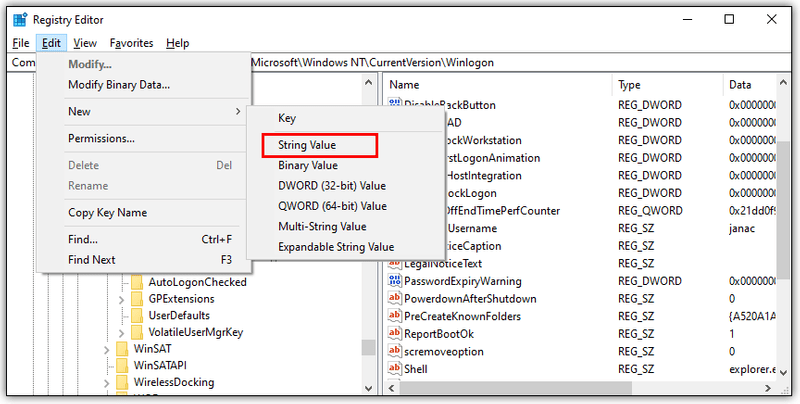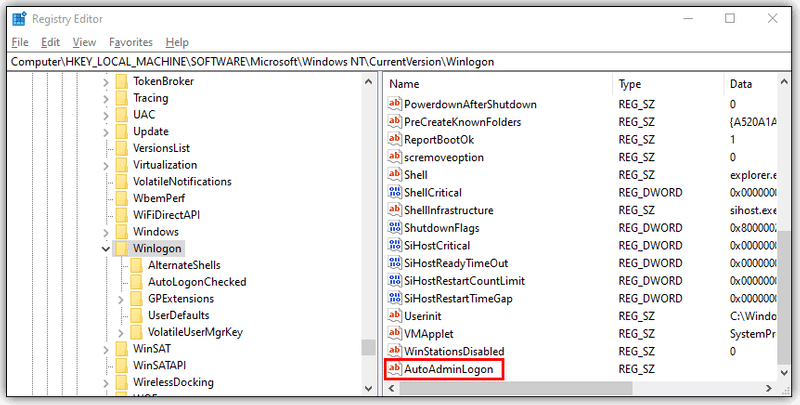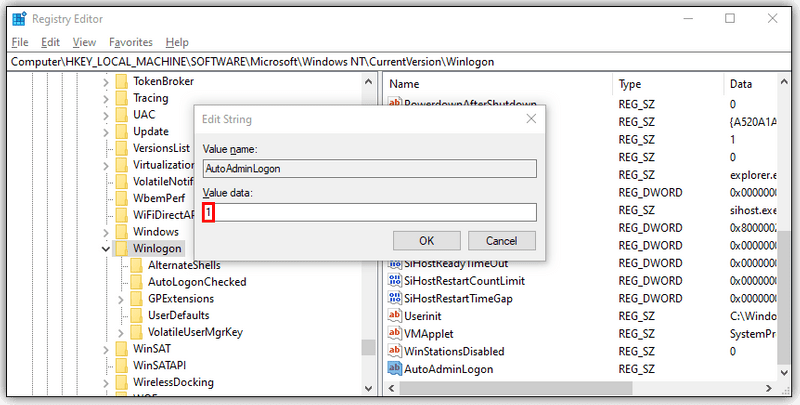However, there might be occasions when you’ll need your PC to bypass the login screen for several reasons. This could be just to save time or because having to log in multiple times is getting tedious.
Also, you might need to lend out your computer to friends without having to let them know your password. For these reasons, you can easily enable auto-login Windows 10 to have easy access to your computer. Although, it should be noted that when you enable auto-login on your PC, anyone can open your computer. So, make sure you only do this when your PC is in a safe environment. There are several approaches you can use to enable this functionality on your computer. In this article, we’ll go over the 3 Best Ways To Activate Auto Login In Windows 10
How To Enable Auto Login Windows 10
Enable Auto-Login With Run Command Box
Using the Run Command box is the simplest and most accessible way to enable Auto Login Windows 10. The approach is simple enough for anyone to understand, regardless of their computer proficiency, and there is no risk of losing anything on your computer using this method. To enable Auto Login Windows 10 with Run Command Box:
Note: This will only enable auto-login when you are switching on or restarting your PC. However, if your computer locks, you’ll be required to input your password. But this can also be bypassed by making a few changes in your Settings.
Enable Auto-Login With SysInternals Autologon
Another method you can employ to enable auto login windows 10 is by making use of SysInternals, a multipurpose software built by Microsoft. Windows SysInternals is a collection of freeware utilities that can be utilized to manage and troubleshoot Windows OS. In this case, we’ll be making use of SysInternals Autologon which uses LSA secret to automatically store default passwords in the registry without having to run it yourself. The software doesn’t require installation, so it’s easy to use. Here is how to enable auto-login on Windows 10 with SysInternals:
Note: To disable this, repeat the steps above, but after opening Autologon, click Disable.
Enable Auto-Login With Registry
Windows registry can be referred to when there is a need to tweak the configuration settings of our computer. The method is manual and not as easy as the other procedures mentioned above. So, if all other methods fail, you can consider this as your last option. NOTE: Changing settings with Registry requires a level of expertise and if a mistake is made, it can cause a negative effect on your computer. So it’s recommended to create a recovery point on your PC in case anything goes wrong! To make use of Registry in enabling Auto login in Windows 10:
Note: In a case where DefaultPassword entry is not found, you’ll have to manually create it. Here is how to do it: Click on Edit at the upper part of the Registry Editor»>Place your cursor on New»>Then select string value, name it DefaultPassword and click on Enter.
What Do I Do If All The Methods Fail?
At times none of these methods might work due to the absence of the checkbox for users to always enter a password. To fix this:
Should You Use Auto-Login?
Using auto-login on your computer will save you time by eliminating the need to type in a password each time you want to use it. However, if care is not taken, your computer may be exposed to a great deal of risk. As a result, taking precautions before activating auto-login Windows 10 is advised. CONCLUSION Summing it up, when enabling this functionality on your PC, be sure to be in a secure environment to keep your data safe. Also, it’s recommended to make use of the first method as it’s simple and safer to use. However, if it fails to work, you can consider using the other ones as well.

